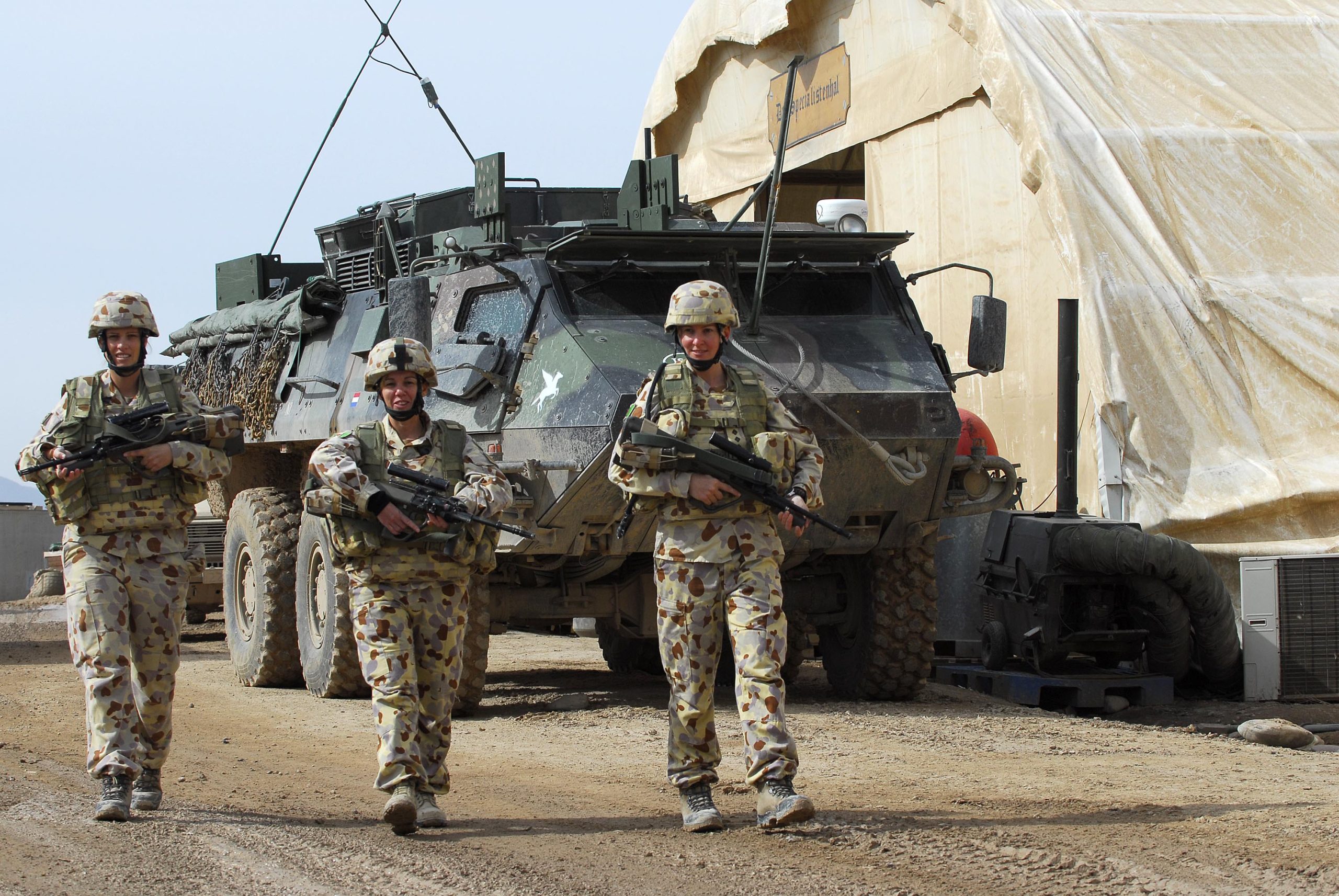
Over a hundred Ukrainian war prisoners have been allowed to return home from Russian captivity after a prisoner swap was effected between both sides of the war on Saturday.
The swap was announced in a statement released by senior Ukrainian presidential aide Andriy Yermak, who confirmed that 116 Ukrainians were freed.
Yermak said the released prisoners included Ukrainian troops who were garrisoned in Mariupol during the initial Russian siege of the southern city, guerrilla troops from Kherson, and snipers who took captive at Bakhmut.
Officials from the Russian defense ministry also announced on Saturday that 63 of their men had been released from Ukraine after the swap, some of which included “special category” prisoners whose release was initiated after conciliatory talks by the United Arab Emirates.
Reports on Ukrainian media by regional leaders on Saturday morning confirmed that not less than three Ukrainian civilians have died in the last 24 hours as Russian troops continue to strike regions in southern, northern, and eastern Ukraine.
In an online message released on Saturday morning, Donetsk governor Pavlo Kyrylenko confirmed the death of two people and the injury of 14 others following shelling and missile strikes by the Russians in the eastern region.
Kyrylenko also announced said that many residential and commercial structures, including two kindergartens, a clinic, a library, and a cultural center, have been damaged in the strikes, with casualties including a man who was killed and seven who were wounded yesterday Friday after Russian missiles pelleted into Toretsk, a town in Donetsk.
In addition, seven people have been hospitalized after receiving injuries from flying shrapnel following an anti-personnel mine explosion on Friday in the northeastern city of Izium, according to governor Oleh Syniehubov.
In similar events, regional Ukrainian officials have reported overnight Russian shelling in the northern Sumy region and in the town of Marhanets, which is located close to the Zaporizhzhia nuclear power plant.
Seized early on in the war by Russian forces, the Ukrainian government has long accused Russia of using the plant as a base for launching attacks on the Ukrainian-held territory that lies across the Dnieper river.





